How to Build a BETTER Salad!
The Washington Post has a weekly feature, ASK A DOCTOR, that I like to read. A question that came up several months ago was “Are salads really good for you?”
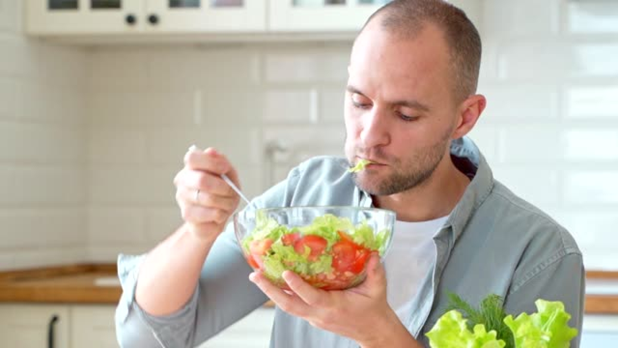
Dr. Robert H. Lustig shared his answer: “Salad is usually a healthy food, but only if you add the right combination of ingredients and stay away from store-bought bottled dressing.”
He went on to say that good salads start with lettuce or leafy greens. No surprise there. But what is surprising is his statement that the type of greens you choose doesn’t matter that much. Compared to other greens, iceberg lettuce probably has the fewest nutrients, but pretty much all lettuces are low in vitamins and minerals.
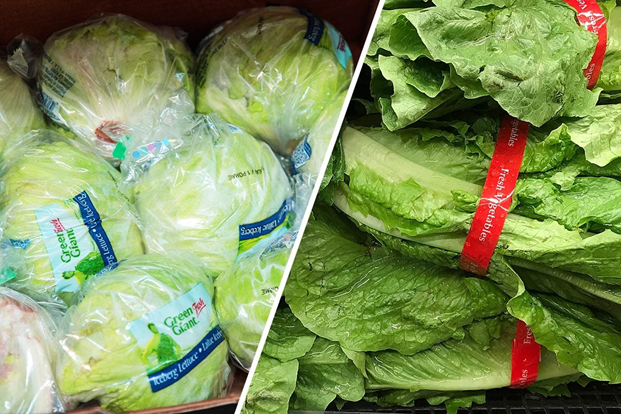
And don’t get carried away with spinach. While it has more micronutrients than some greens, its iron is poorly absorbed, plus it contains plenty of oxalate. So be careful with spinach intake if you’re prone to kidney stones.
Dr. Lustig explained that the main health benefit of lettuce and other greens in any salad is the fiber. Fiber is actually food for the microbiome, the trillions of bacteria that live in your gut. Fiber is also the key to metabolic health. Bacteria in your gut turn fiber into short-chain fatty acids, which can regulate immune function and keep inflammation in check.
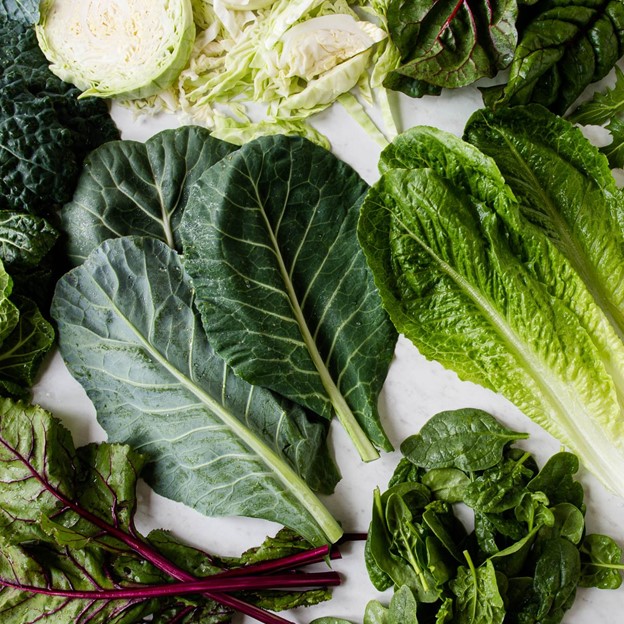
The idea is to compliment this leafy green fiber by adding lots of antioxidant chopped veggies, such as kale, chard, arugula, broccoli, green and red bell peppers, and red onion. Then add beans and lentils.
Next, layer on some whole-food fats — including avocado, olives, nuts, and seeds. Nuts and seeds (like chia seeds and walnuts) are replete with the anti-inflammatory alpha-linolenic acid (ALA), an omega-3 fatty acid known for reducing heart disease risk.
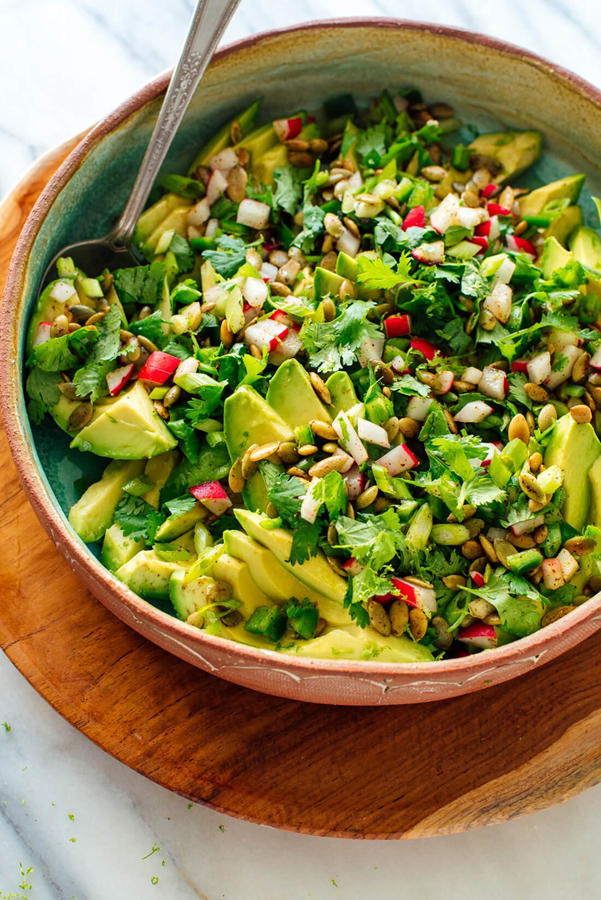
Once built, a salad calls for the finishing touch, which is a dressing. But according to Dr. Lustig and abundant research, you want to avoid store-bought salad dressings, which are typically made with canola and soybean oils (which contain harmful inflammatory omega-6 fatty acids).
Along with all sorts of mystery ingredients, store-bought dressings commonly include large amounts of mitochondria-harming cane sugar and/or high-fructose corn syrup. Damaged mitochondria result in a blood glucose and insulin spike. Then your liver turns the fructose into fat, which promotes fatty liver and insulin resistance. All this furthers the risk of developing heart disease, cancer and diabetes.
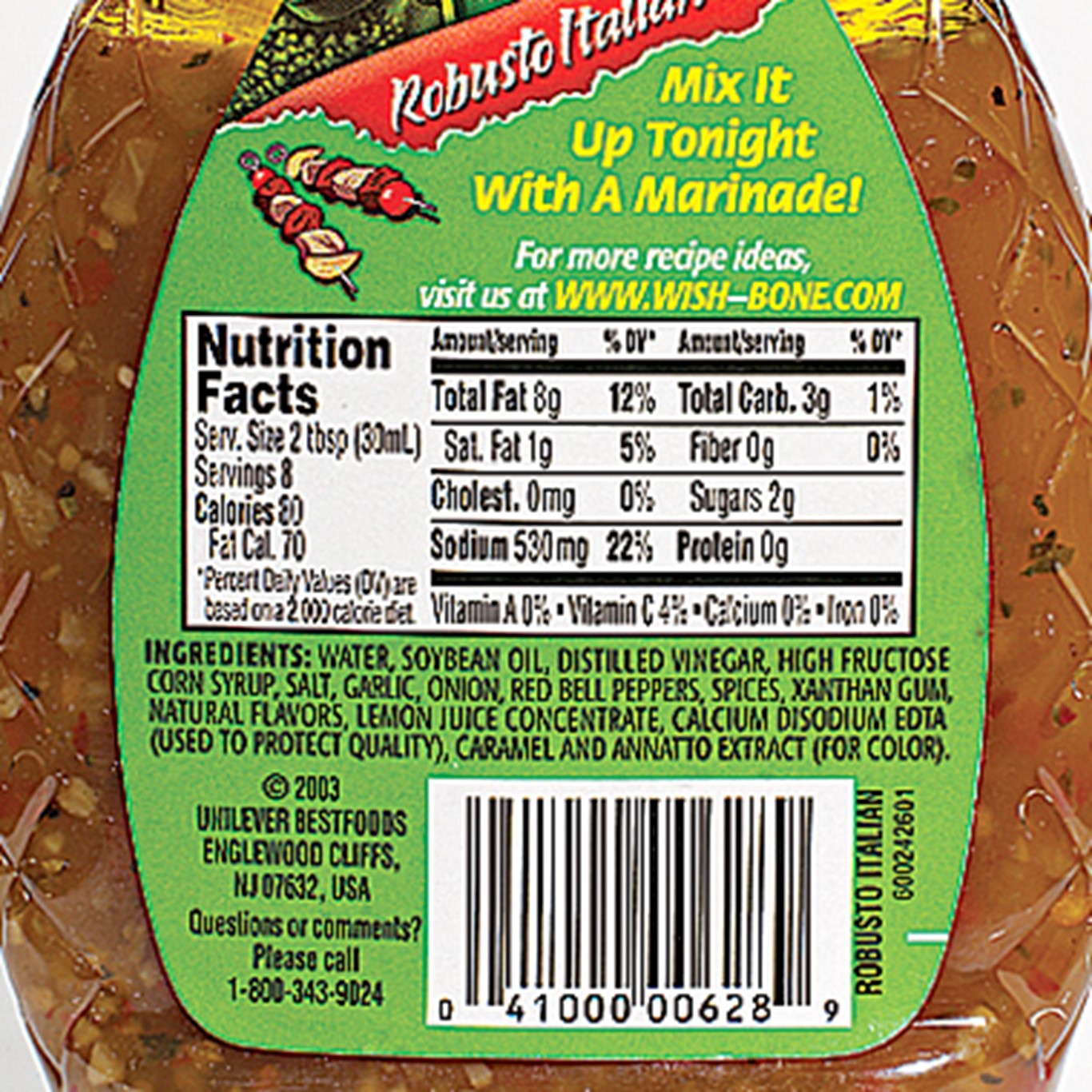
Serious stuff and solid reasons to learn how to make great homemade dressings. Expert chefs suggest you start with extra virgin olive oil, avocado oil, tahini, vinegars, Dijon mustard, and citrus juices low in sugar (lemon, lime, grapefruit). Then consider increasing the antioxidants by including freshly grated ginger and turmeric, minced garlic, and chopped thyme and oregano.
One of my favorite dressings is nothing more than half a mashed avocado blended into a couple tablespoons of extra virgin olive oil. I add ¼ teaspoon of minced garlic and spoon it over my salad. Simple and delicious. Here’s another version from www.recipetineats.com that includes plain yogurt. With or without the yogurt, it’s a winner.

1/2 cup ripe avocados (smush into cup to measure, or estimate - 1/2 medium avocado)
3 tablespoons extra virgin olive oil
3 tablespoons unsweetened plain yogurt (optional)
2 tablespoons fresh lemon juice
1 clove garlic minced
4 tablespoons water (to thin out, it's very rich!)
1/2 teaspoon salt
1/4 teaspoon black pepper
Directions:
Add Recipe to Cook'n
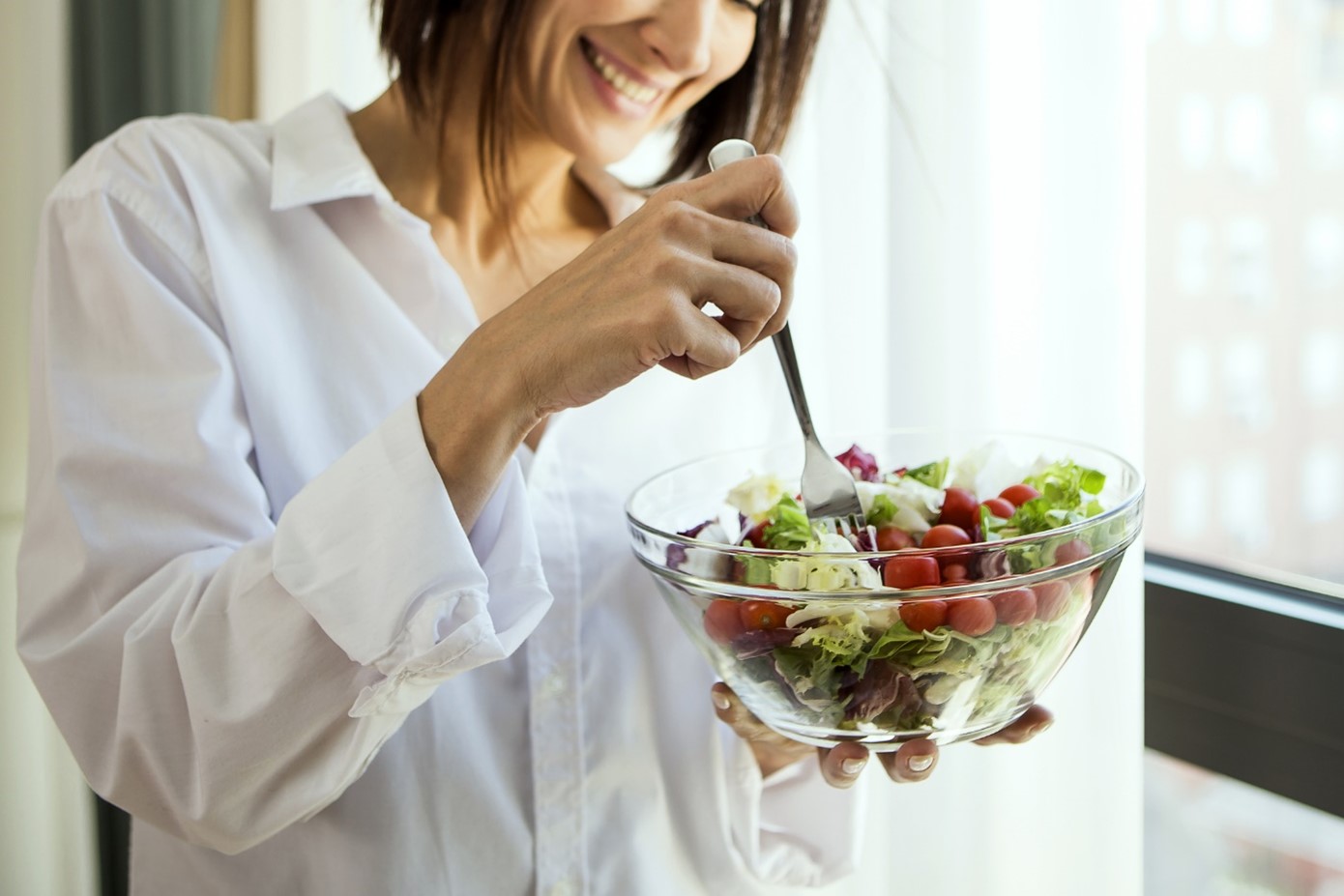
As summer is salad season, let’s follow the above guidelines and munch our way into better health as we build a better salad!
blog comments powered by Disqus

Dr. Robert H. Lustig shared his answer: “Salad is usually a healthy food, but only if you add the right combination of ingredients and stay away from store-bought bottled dressing.”
He went on to say that good salads start with lettuce or leafy greens. No surprise there. But what is surprising is his statement that the type of greens you choose doesn’t matter that much. Compared to other greens, iceberg lettuce probably has the fewest nutrients, but pretty much all lettuces are low in vitamins and minerals.

And don’t get carried away with spinach. While it has more micronutrients than some greens, its iron is poorly absorbed, plus it contains plenty of oxalate. So be careful with spinach intake if you’re prone to kidney stones.
Dr. Lustig explained that the main health benefit of lettuce and other greens in any salad is the fiber. Fiber is actually food for the microbiome, the trillions of bacteria that live in your gut. Fiber is also the key to metabolic health. Bacteria in your gut turn fiber into short-chain fatty acids, which can regulate immune function and keep inflammation in check.

The idea is to compliment this leafy green fiber by adding lots of antioxidant chopped veggies, such as kale, chard, arugula, broccoli, green and red bell peppers, and red onion. Then add beans and lentils.
Next, layer on some whole-food fats — including avocado, olives, nuts, and seeds. Nuts and seeds (like chia seeds and walnuts) are replete with the anti-inflammatory alpha-linolenic acid (ALA), an omega-3 fatty acid known for reducing heart disease risk.

Once built, a salad calls for the finishing touch, which is a dressing. But according to Dr. Lustig and abundant research, you want to avoid store-bought salad dressings, which are typically made with canola and soybean oils (which contain harmful inflammatory omega-6 fatty acids).
Along with all sorts of mystery ingredients, store-bought dressings commonly include large amounts of mitochondria-harming cane sugar and/or high-fructose corn syrup. Damaged mitochondria result in a blood glucose and insulin spike. Then your liver turns the fructose into fat, which promotes fatty liver and insulin resistance. All this furthers the risk of developing heart disease, cancer and diabetes.

Serious stuff and solid reasons to learn how to make great homemade dressings. Expert chefs suggest you start with extra virgin olive oil, avocado oil, tahini, vinegars, Dijon mustard, and citrus juices low in sugar (lemon, lime, grapefruit). Then consider increasing the antioxidants by including freshly grated ginger and turmeric, minced garlic, and chopped thyme and oregano.
One of my favorite dressings is nothing more than half a mashed avocado blended into a couple tablespoons of extra virgin olive oil. I add ¼ teaspoon of minced garlic and spoon it over my salad. Simple and delicious. Here’s another version from www.recipetineats.com that includes plain yogurt. With or without the yogurt, it’s a winner.

Creamy Avocado Dressing
Ingredients:
1/2 cup ripe avocados (smush into cup to measure, or estimate - 1/2 medium avocado)
3 tablespoons extra virgin olive oil
3 tablespoons unsweetened plain yogurt (optional)
2 tablespoons fresh lemon juice
1 clove garlic minced
4 tablespoons water (to thin out, it's very rich!)
1/2 teaspoon salt
1/4 teaspoon black pepper
Directions:
1. Place all ingredients into a food processor and blitz until smooth.
2. Use water to thin to just pourable consistency (just so it's not super gloopy and thick).
3. Add the following to taste: salt, pepper, lemon, oil. Use as salad dressing!
4. Keeps 3 days in the fridge without going brown.
2. Use water to thin to just pourable consistency (just so it's not super gloopy and thick).
3. Add the following to taste: salt, pepper, lemon, oil. Use as salad dressing!
4. Keeps 3 days in the fridge without going brown.
Recipe formatted with the Cook'n Recipe Software from DVO Enterprises.

As summer is salad season, let’s follow the above guidelines and munch our way into better health as we build a better salad!
 Alice Osborne
Alice Osborne
Weekly Newsletter Contributor since 2006
Email the author! alice@dvo.com
Sources:
- www.istock.com
- www.tasteofhome.com
- www.simplegreensmoothies.com
- www.cookieandkate.com
- www.plantbasedu.com
- www.nifs.com
